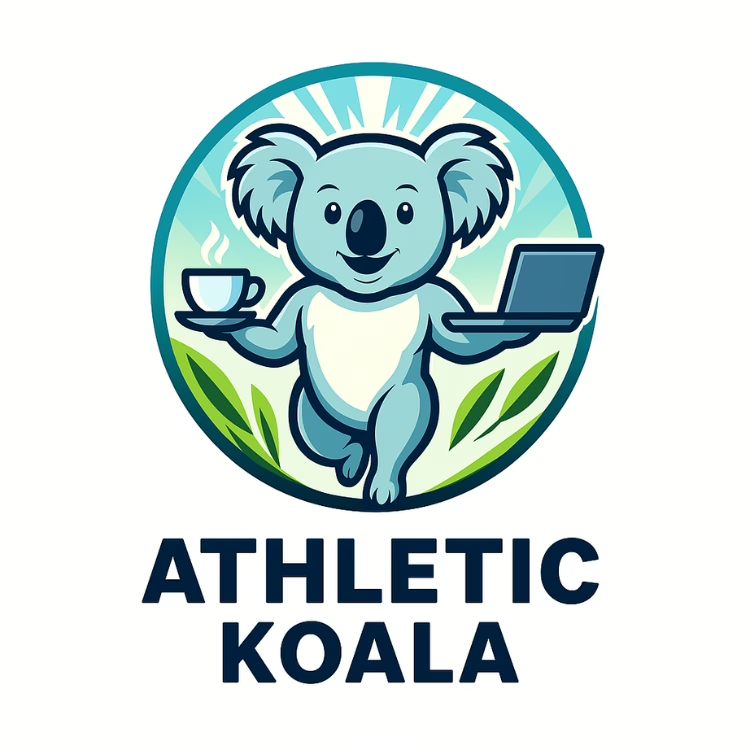If Michael Was Walking In Your Sandals/High Heels/Sneakers
The Unique Challenges That Disability Providers Face
NDIS participants and their families are looking for trusted providers, but competition is high. Good marketing helps you connect with the right participants, build trust, and grow your business.
Below are the most common questions about NDIS marketing, answered with practical advice tailored for disability providers.
Question 1: Why Is Marketing Different For Disability Providers?
Marketing for disability services isn’t about selling – it’s about showing participants you understand their needs. Many providers struggle to attract clients because their marketing feels too generic or sales-driven.
NDIS participants want to know how you can help them, not why your business is great. Your marketing should feel personal, real, and supportive.
Unlike Other Industries, Disability Services Rely On Trust
Families and participants need confidence that your organisation aligns with their needs. This means your marketing must be informative, warm, and participant-focused.
If your approach feels like a sales pitch, potential clients will look elsewhere.
Question 2: What Makes A Great NDIS Website For Disability Providers?
A great website helps participants see how your services fit their lives. It should:
- Avoid stock photos that feel staged and unrealistic.
- Use real stories from participants (with permission or anonymised details).
- Clearly explain your services without overwhelming jargon.
- Offer useful resources like funding guides or checklists for plan reviews.
- Feature testimonials from real participants or families who have benefited from your services.
- Have a simple, clear layout that makes navigation easy for people of all abilities.
A warm, inviting, and helpful website makes it easier for participants to trust you.
Your website should not just be a list of services – it should be a resource that educates, reassures, and engages visitors.
Question 3: How Do Disability Providers Get More NDIS Participants?
Participants Choose Providers Who Make Them Feel Understood
The best way to attract them is by offering value before they even contact you. Share real success stories, provide free checklists or funding guides.
Create a website that helps visitors, rather than just promoting your services. The more useful you are, the more trust you build.
Engagement Is Key
Hosting free webinars about NDIS plans, creating blog posts on common participant concerns, or offering downloadable resources can help bring potential clients to you.
Focus on education, and participants will see your organisation as a knowledgeable and trustworthy source of support.

Question 4: What’s The Biggest Mistake Disability Providers Make In Marketing?
Talking Too Much About Your Business
Many providers focus on their history, mission, or qualifications, but participants are looking for solutions to their specific needs.
Your marketing should start with their challenges and how you can help. Only once trust is built should you introduce your services.
Another Common Mistake Is Making Assumptions About What Participants Want
Marketing should always be based on real needs, gathered through surveys, feedback, or conversations with participants and their families.
Your messaging should reflect what your audience is actually looking for, not what you assume they need.
Question 5: How Can A Disability Provider Stand Out In NDIS Marketing?
Most Providers Look The Same Online
To stand out, focus on real stories, practical advice, and a personal touch. Participants and their families are drawn to providers who make them feel heard.
Offer free NDIS guides, share participant success stories, and ensure your website is designed to support, not sell.
A Key Way To Stand Out Is Through Video Content
A simple, heartfelt video explaining how your services work, or featuring a participant’s journey, can make a stronger connection than text alone.
People remember stories far better than they remember service lists.
Question 6: Should Disability Providers Use Social Media For Marketing?
Yes, But It Must Be Done Right
Instead of just posting about your services, use social media to educate and connect with your audience. Share real participant experiences, post helpful NDIS tips, and engage in conversations.
People will follow and trust providers who offer real value, not just promotions.
Social Media Is Also A Great Place For Community Engagement
Answer questions, host live Q&A sessions, and interact with your audience in a genuine way. Engagement builds trust and keeps your brand in people’s minds when they need support.

Question 7: What’s A Lead Magnet, And Why Should Disability Providers Use Them?
A lead magnet is a free resource, like an NDIS funding guide or a checklist for support plans, that you offer in exchange for an email address.
This allows you to stay in touch with potential participants and build trust over time.
Here Are Some Lead Magnets Ideas For Disability Providers:
- ‘How to Use Your NDIS Plan Effectively’
- ‘Checklist: What to Ask When Choosing a Disability Provider’
- ‘5 Common NDIS Mistakes (and How to Avoid Them)’
- ‘A Guide to Understanding Your NDIS Budget’
When people see you as a helpful resource, they are more likely to choose your services.
Question 8: How Do Disability Providers Use Case Studies In Marketing?
Case studies show how you’ve helped real participants.
To Write An Effective Case Study:
- Choose a real participant story (use a pseudonym if needed).
- Describe their challenge before working with you.
- Explain the support you provided and how it made a difference.
- Share the results and improvements they experienced.
Question 9: Should Disability Providers Invest In Paid Advertising?
Paid ads can work, but only if your website and content are strong. Before spending money on ads, make sure:
- Your website speaks directly to participants and their needs.
- You have real participant success stories.
- You offer valuable resources to attract and retain visitors.
If these elements aren’t in place, ads will bring traffic but no but no new participants.
Advertising should also be targeted, ensuring that your ads reach the right audience – whether through Google Ads, Facebook Ads, or NDIS-specific directories.

Question 10: How Do Disability Providers Build Trust With Potential Participants?
Trust comes from honesty, transparency, and providing value. Be clear about what you offer and who you help.
Provide free, useful information rather than focusing on self-promotion. Share participant success stories, create simple explainer videos, and avoid language that feels too corporate.
The more open and helpful you are, the more people will trust you.
Michaels Recap On What Disability Providers Should Avoid In Marketing
- Generic stock photos – They make your business look impersonal.
- Too much self-promotion – Focus on your participants, not just your business.
- Vague claims – Backup everything with real stories or proof.
- Pushy sales tactics – Let participants come to you when they’re ready.
- Ignoring SEO – If people can’t find you online, your marketing won’t work.
Need Help With Your NDIS Marketing? Michael Is Here For You!
Disability providers need a strong, authentic online presence to attract participants. If you have more questions or want to improve your marketing, reach out now.

